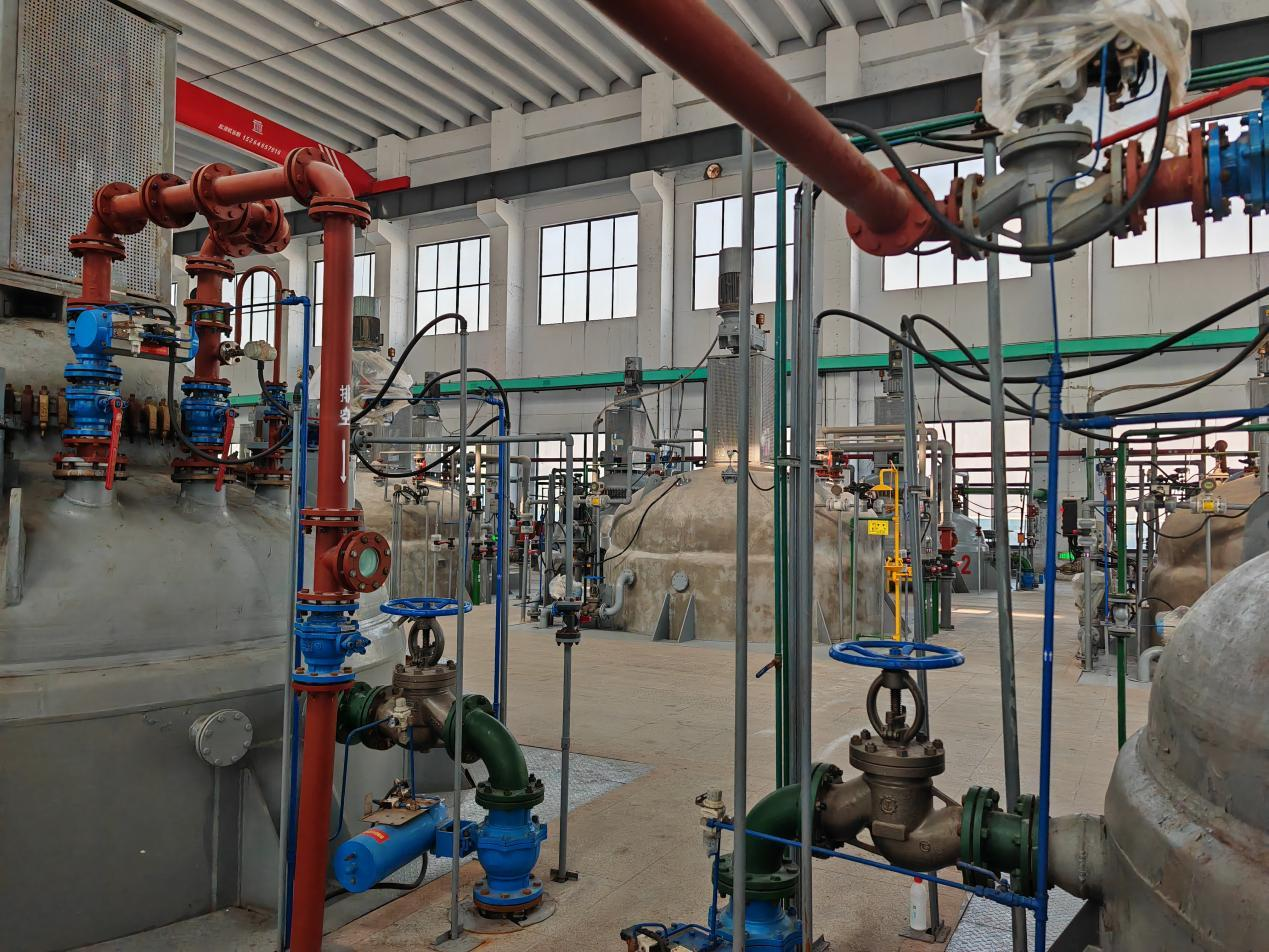I.Material Overview
Sodium hydroxide or commonly referred to as caustic soda, lye or sodium hydroxide is a must-have raw basic chemical to the modern industry. Physical shape: pure substance may occur in the form of white, translucent crystalline solid, which is highly hygroscopic. The goods of the industry are frequently distributed: in the form of flakes, granules, lumps, in the form of the concentration solutions (juicy caustic). Chemical characteristics: the main labels are strong alkalinity and strong corrosiveness. It is highly water soluble with large heat being evolved. It is active with acids (neutralisation); it saponified fats, dissolves proteins, and reacts violently with many metals (aluminium, zinc, etc.) as well as glass and ceramics.
II. Production Technology
Sodium hydroxide is basically produced worldwide almost in union with chlorine production and the two are often referred to as the Chlor-Alkali Industry. This is based on the electrolysis of a saturated brine (NaCl solution) where chlorine gas (Cl 2 ) forms at the anode, and sodium hydroxide and hydrogen gas (H 2 ) at the cathode. The most important processes depend on the cathode compartment separation technology, and they include:
1.Diaphragm Cell:
Principle: It employs a porous asbestos (or modified diaphragm) between the anode and the cathode chambers. The anode compartment fills with brine; the depleted brine will pass through the diaphragm to the cathode compartment whereupon chlorine and neutralized brine release hydrogen and NaOH. The cathode product is NaOH, NaCl, and water mixture. Attributes: Fashionably middle-aged technology, thin capital. But the product caustic liquor contains low concentration ( approx. 10-12%) and high amount of salt, so hence, evaporation, concentration and separation of salt is required having high energy consumption. Diaphragm made of asbestos has environmental and health risks, and is slowly being replaced or better.
2. Ion Exchange Membrane Cell:
Principle: Separates the two compartments, with a highly selective cation-exchange membrane. This membrane permeates the migration of Na ions (Na+), when in the anode compartment, to the cathode compartment, but inhibits OH - back migration, and Cl- motion. The brine used is of high purity and is added to the anode chamber and pure water (or dilute caustic) is added to the cathode chamber. The products are high-concentration (up to 32-35%) catholyte (NaOH solution) and anolyte (depleted NaCl brine) of high-purity. Properties: high quality, high concentrated and high purity NaOH product (very small salt content). Low consumption of energy: energy required in evaporation and concentration reduces greatly. Environmental: rules out all considerations of pollution by asbestos; a large part of its sealing is of high quality, so there is little leakage. High efficiency: high current efficiency, stable working. Status: is the technology of choice of new and mainstream chlor-alkali facilities throughout the globe today.
3. Mercury Cell
Principle: It is cathode-type using the flowing mercury. The Na + ions are discharged at the mercury cathode forming sodium amalgam which empties out of the electrolyzer and is converted to high concentration NaOH and H 2 by a decomposer into which water is introduced. Characteristics: was potentially able to manufacture liquid caustic with high concentration and high purity. Nonetheless, the presence of high risk of pollution with mercury, which carries serious threats to the ecological system and human well-being, serves as the principal disadvantage. Nowadays, status: this process has been significantly eliminated in the land due to intolerable environmental hazards, and a portion changed over to the membrane process.
III.Summary
Ion Exchange Membrane is the state of the art mainstream: its excellent techno-economic and environmental character has ensured its market hegemony in modern chlor-alkali manufacturing, being the most productive-advanced productivity, at the moment. The fundamental way forward is called, appropriately enough, Green Manufacturing: retiring the most egregious pollutants (such as mercury cells), refining conventional processes (such as the replacement of asbestos in diaphragms), and continuing to tune membranes and electrolyzer design to new levels of energy and material efficiency are the broad agreement in the industry.

 EN
EN
 AR
AR
 BG
BG
 HR
HR
 CS
CS
 DA
DA
 NL
NL
 FI
FI
 FR
FR
 DE
DE
 EL
EL
 HI
HI
 IT
IT
 JA
JA
 KO
KO
 NO
NO
 PL
PL
 PT
PT
 RO
RO
 RU
RU
 ES
ES
 SV
SV
 TL
TL
 IW
IW
 ID
ID
 SR
SR
 UK
UK
 VI
VI
 TH
TH
 TR
TR
 FA
FA
 AF
AF
 MS
MS
 UR
UR
 BN
BN
 LO
LO
 LA
LA
 MY
MY
 KK
KK
 UZ
UZ
